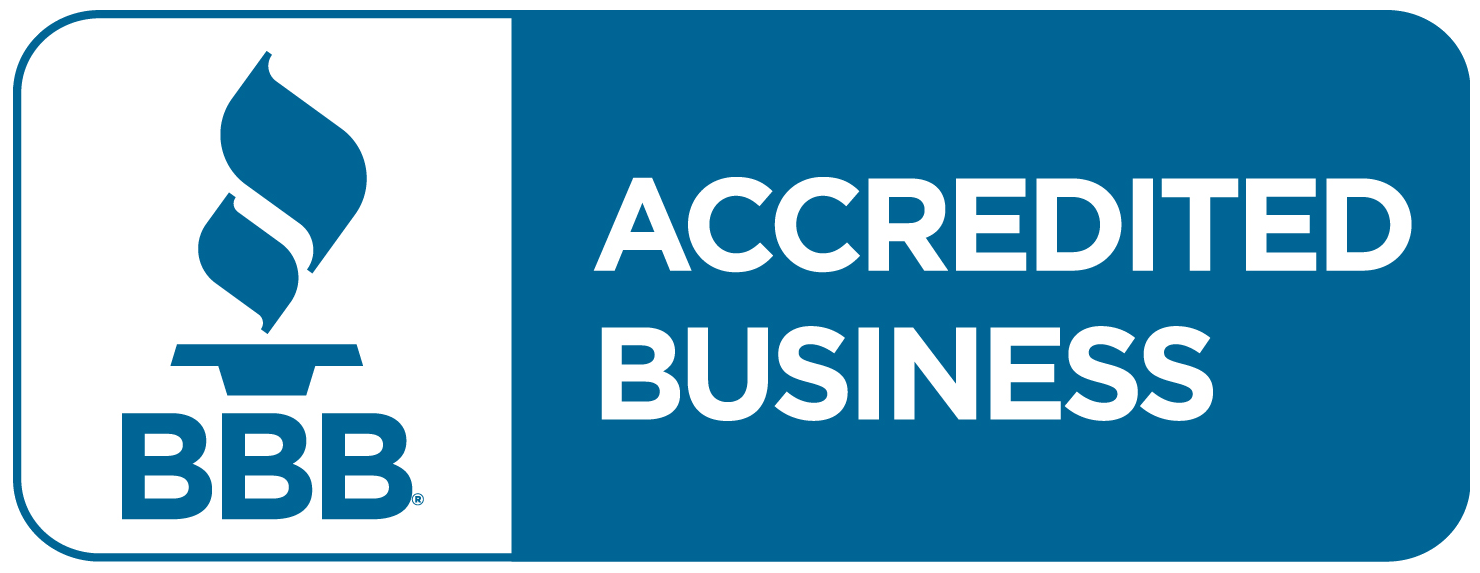See Also:
Margin vs Markup
Segment Margin
Marginal Costs
Segmenting Customers for Profit
Financial Ratios
Contribution Margin Definition
Contribution margin (CM), defined as selling price minus variable cost, is a measure of the ability of a company to cover variable costs with revenue. The amount leftover, the contribution, covers fixed costs or is profit.
Contribution Margin Meaning
Contribution margin means a measurement of the profitability of a product. In addition, express it as a dollar amount per unit or as a ratio. CM can be calculated for a product line using total revenues and total variable costs. It can also be calculated at the unit level by using unit sales price and unit variable cost. The metric is commonly used in cost-volume-profit analysis and break-even analysis.
[highlight]Download the free Know Your Economics guide to monitor what’s happening in your business. [/highlight]
Contribution Margin Formula and Contribution Margin Ratio Formula
Use the following contribution margin formula below:
CM = Unit Price – Unit Variable Cost
The contribution margin ratio, or contribution margin percentage, is the CM expressed as a percentage of the unit sales price. Calculate it using the following formula:
CM Ratio = (Unit Price – Unit Variable Cost) / Unit Price
Contribution Margin Calculation
After you collect all the information, it is fairly easy to calculate CM. For example, a company has a $1,000 unit price and a $150 unit variable cost
Contribution margin per unit= $1,000 – $150 = $850
Contribution Margin Ratio Calculation
The contribution margin equation can also be applied to create a ratio for the given values. For example, a company has a $1,000 unit price and a $150 unit variable cost
CM = ($1,000 – $150) / $1,000 = .85
Contribution Margin: Income Statement
The CM format income statement is a variation on the standard income statement that separates variable costs and fixed costs. It starts with revenues, subtracts variable costs, and then displays the CM, as well as, the CM percentage before subtracting fixed costs and giving the net operating income. A simplified CM format income statement might look like the following:
Revenue $100,000 Variable costs Raw material $15,000 Variable labor $20,000 Delivery charge $5,000 Total variable costs $40,000 Contribution margin $60,000 Contribution margin percentage 60% Fixed costs Rent $25,000 Utilities $5,000 Wages $20,000 Total fixed costs $50,000 Net operating income $10,000
Contribution Margin Example
For example, Isabel is the CFO of a private company, the holding company for a series of retirement homes, called Retireco. She has known the owner of Retireco since she was a child, noticing her unique drive to make her company a success. Isabel has turned her family friend into a lifelong business connection and now, having earned her expertise in the accounting world, is her CFO.
One day the CEO of Retireco asks Isabel to calculate the CM of her company. Her purpose is to know variable costs, fixed costs, and finally profit are derived from sales. Since she is familiar with it, this is a simple task.
Isabel begins by collecting all of the company financial records. Once she has done this, she sits down to perform CM analysis. Here, she finds a per unit value:
$1,000 unit price and a $150 unit variable cost
CM = $1,000 – $150 = $850
Isabel then converts this number to CM ratio:
$1,000 unit price and a $150 unit variable cost
CM = ($1,000 – $150) / $1,000 = .85
Isabel now knows that 85% of sales can move on to cover fixed costs or become company profits. Therefore, she can provide this information to the Retireco CEO with suggestions for how to best use this money for these purposes. By having effective financial ratios, doors open which can lead to further growth of Isabel’s career and the company as a whole. Want to check if your unit economics are sound? Download your free guide here.

Access your Projections Execution Plan in SCFO Lab. The step-by-step plan to get ahead of your cash flow.
Click here to access your Execution Plan. Not a Lab Member?
Click here to learn more about SCFO Labs






















